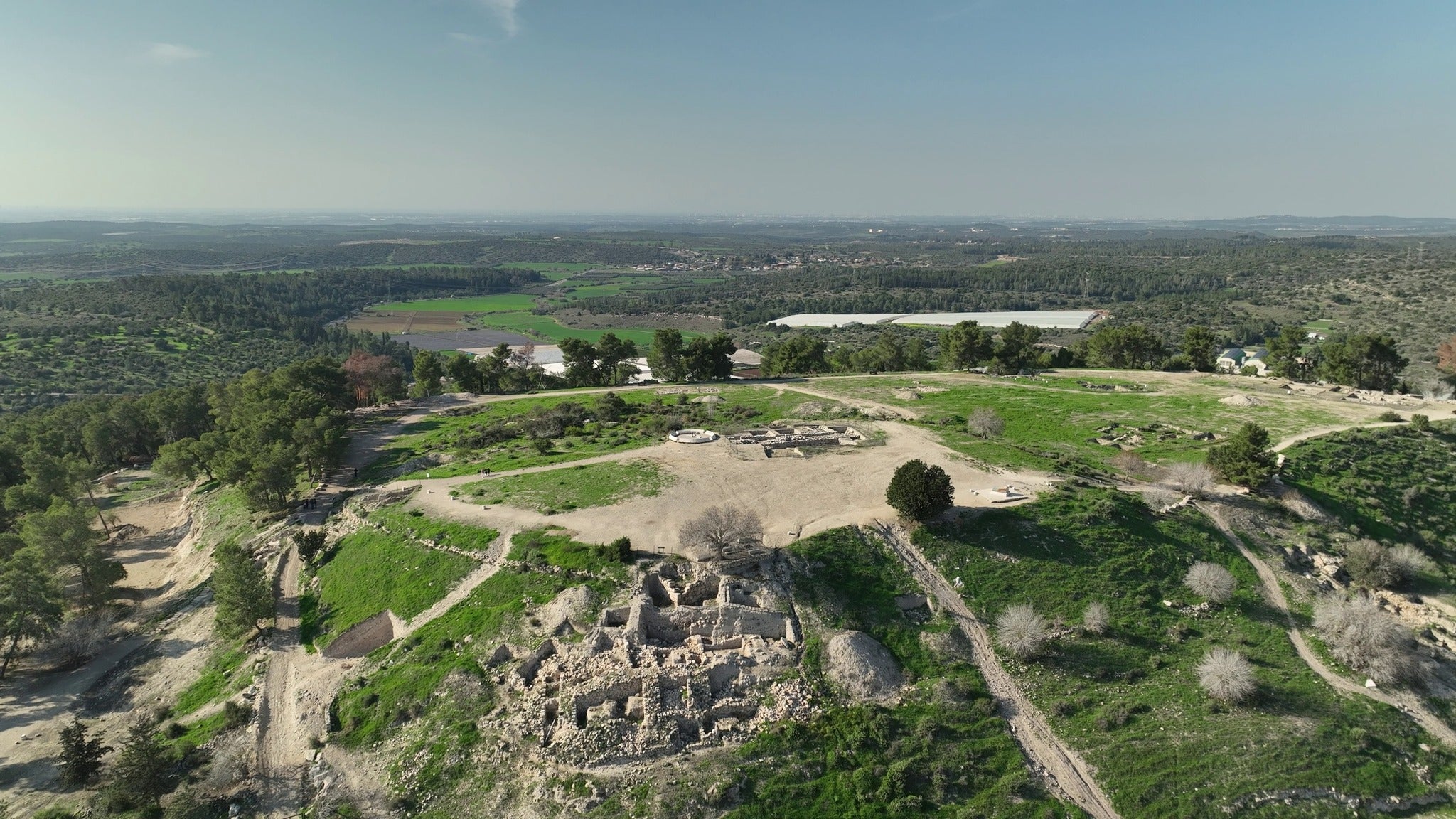Archaeologists have confirmed that a “beautiful stone” picked up by a child in Israel’s Tel Azekah area is actually a Bronze Age scarab amulet made over 3,800 years ago.
Ziv Nitzan, 3, found the stone during a stroll along a dirt path that had gravel spread on it, the Israel Antiquities Authority said in a statement.
“Out of the 7,000 stones around her, she picked up one stone. Then she brushed off the sand and saw that something was different about it,” Omer Nitzan, Ziv’s older sister, said in a translated video.
“When she rubbed it and removed sand from it, we saw that something was different about it. I called my parents to come see the beautiful stone and we realised we’d discovered an archaeological find! We immediately reported this to the Israel Antiquities Authority.”

The Antiquities Authority determined the stone to be a Canaanite scarab from the Middle Bronze Age. Canaanites were an ancient people that lived throughout the Levant, with strong ties to Egypt. In the Middle Bronze Age, researchers said, the Canaanites used scarabs designed to look like dung beetles as seals and amulets.
Such artefacts, some bearing symbols and messages, have been widely found in the region’s ancient graves as well as public and private buildings, they added.
The practice of using symbols of the revered beetles originated in Egypt.
Ancient Egyptians associated dung beetles rolling balls of dung with their Sun god rolling the “Sun disk” across the celestial sphere.
In fact, even the insect’s name in Egyptian derives from the verb “to be created”, as ancient Egyptians viewed the scarab as a symbol of the incarnation of god.
Archaeologists have been conducting excavations at Tel Azekah for over 15 years, finding numerous artefacts that shed light on life in the region thousands of years ago. The finds include ancient city walls and agricultural structures from the Judahite Kingdom.
“Excavation findings show that during the Middle Bronze and Late Bronze Ages, here in Tel Azekah thrived one of the most important cities in the Judean lowlands,” said Oded Lipschits, director of the Tel Aviv University archaeological dig.
“The scarab found by Ziv joins a long list of Egyptian and Canaanite finds discovered here, which attest to the close ties and cultural influences between Canaan and Egypt during that period.”

